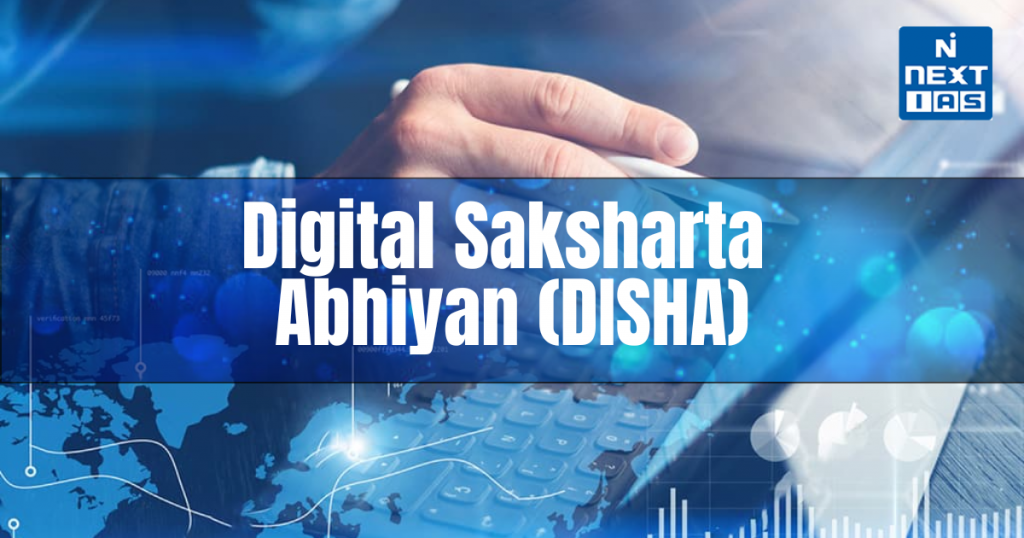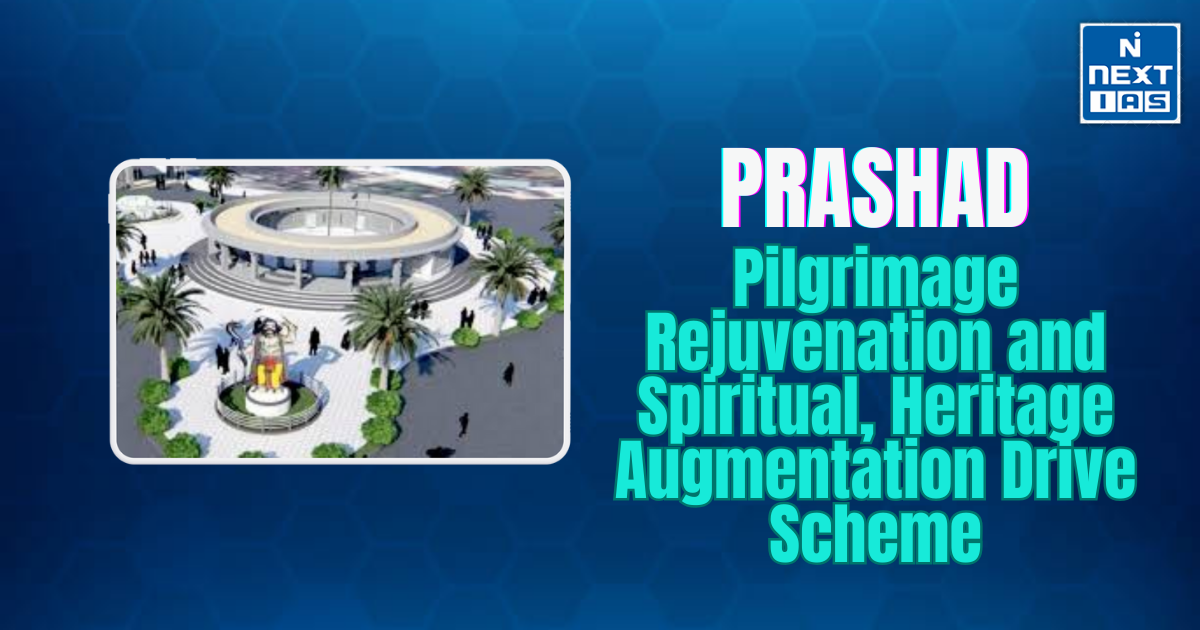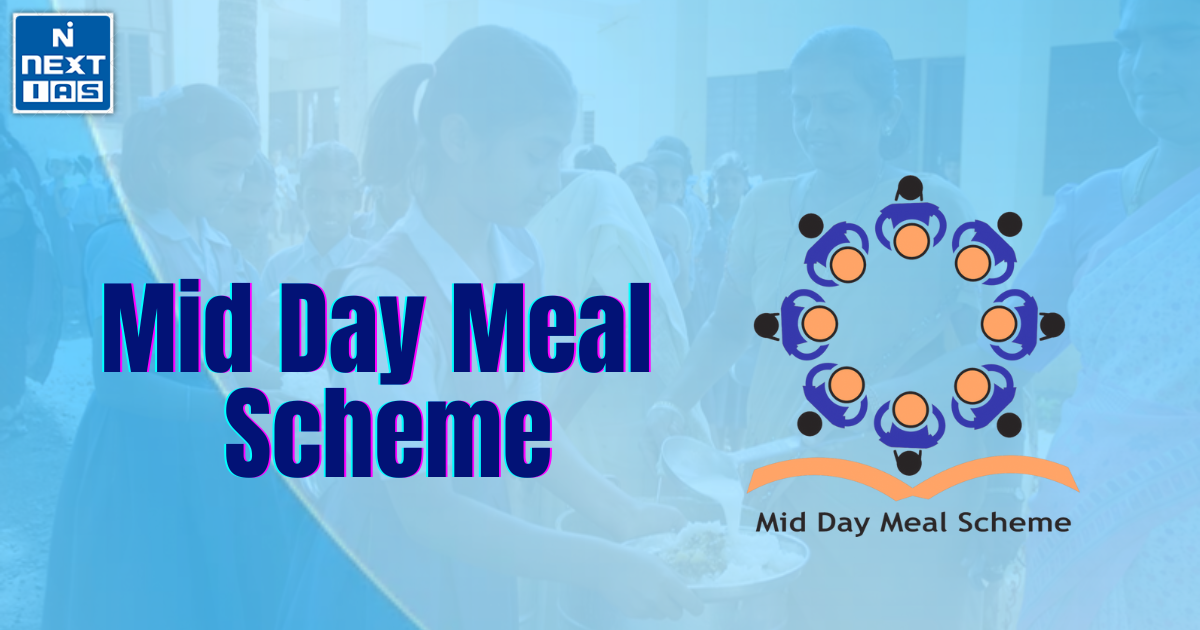
Only 6 percent of rural households own a computer, according to the 71st NSSO Survey on Education 2014. The fact that over 15 crore rural families (or 94% of 16.85 crore households) lack computers and that many of them are probably technologically ignorant is highlighted by this. Initiated under the Digital India Program, the Pradhan Mantri Gramin Digital Saksharta Abhiyan (PMGDISHA) aims to make 6 crore rural families digitally literate.
About the Digital Saksharta Abhiyan (DISHA)
- Digital Saksharta Abhiyan (DISHA) is a government initiative aimed at promoting digital literacy across India.
- Launched under the Digital India program, it seeks to equip citizens, especially in rural and underserved areas, with basic computer and internet skills.
- The mission helps individuals access e-governance services, online banking, and digital transactions, fostering financial inclusion and empowerment.
- DISHA primarily targets non-IT literate individuals, ensuring they can use technology for everyday tasks like sending emails, browsing information, and using mobile applications.
- The program offers structured training modules through Common Service Centers (CSCs) and other digital learning platforms.
- By bridging the digital divide, DISHA contributes to socio-economic development, enabling citizens to participate in the growing digital economy.
- The initiative aligns with the government’s vision of a digitally empowered society and knowledge economy, ensuring that digital tools become accessible to all sections of the population.
Features of the Digital Saksharta Abhiyan (DISHA)
The main features of the PMGDISHA scheme are as under:
- The scheme was implemented only in rural areas i.e. Gram Panchayat/Village to cover 6 crore rural households (one person per household).
- The beneficiaries were provided with 20 hours of training consisting of 5 modules namely
- (i) Introduction to digital devices,
- (ii) Operating digital devices,
- (iii) Introduction to the internet,
- (iv) Communications using the internet,
- (v) Application of internet (includes citizen centric services) and use of financial tools for undertaking digital cashless transactions.
- The training content was made available in 22 scheduled languages and English. This content was made available in both online and offline mode. In addition, keeping in view the thrust of the government on promoting cashless transactions through mobile phones, the content on digital wallets, mobile banking, Unified Payments Interface (UPI), Unstructured Supplementary Service Data (USSD), Aadhaar Enabled Payment System (AEPS), and PoS were included.
- After training of the candidate, a third-party assessment of the trained candidates was carried out by recognized certifying agencies namely National Institute of Electronics and Information Technology (NIELIT), National Institute of Open Schooling (NIOS), Centre for Development of Advanced Computing (CDAC), Haryana Knowledge Corporation Limited (HKCL) and ICT Academy of Tamil Nadu (ICTACT). Digitally Signed Certificates were issued for all successful candidates and directly uploaded in their Digi-Locker accounts.
Further, National Institute of Electronics & Information Technology (NIELIT), an autonomous scientific society under the Ministry of Electronics & Information Technology (MeitY) is imparting various skill development programmes in Information Technology & Electronics domain through its 52 centres along with more than 720 accredited institutes and more than 9,500 facilitation centres.
Objectives of the Digital Saksharta Abhiyan (DISHA)
- Enhancing Digital Literacy – To educate people, particularly in rural areas, on basic digital skills such as using computers, mobile devices, the internet, and digital payments.
- Bridging the Digital Divide – To ensure equitable access to digital technologies, reducing the gap between urban and rural populations in terms of technology adoption and usage.
- Empowering Citizens – To enable individuals to use digital tools for accessing government services, e-learning, financial transactions, and online communication, thus improving their socio-economic conditions.
- Encouraging Digital Transactions – To promote awareness and usage of digital financial tools such as mobile banking, UPI, and Aadhaar-enabled payments, reducing dependency on cash transactions.
- Supporting E-Governance – To help citizens access various government services online, such as Aadhaar, PAN, land records, and other essential documents, improving governance transparency and efficiency.
- Creating Employment Opportunities – By imparting digital skills, DISHA aims to enhance employability and entrepreneurship, opening doors to online job opportunities, freelancing, and small-scale digital enterprises.
- Cybersecurity Awareness – To educate users on online safety, protecting personal data, avoiding cyber fraud, and promoting responsible digital behavior.
Significance of the Digital Saksharta Abhiyan (DISHA)
- The Digital Saksharta Abhiyan (DISHA) is a significant initiative by the Government of India aimed at promoting digital literacy among citizens, especially in rural and underserved areas. Launched under the Digital India program, DISHA seeks to bridge the digital divide by equipping people with basic computer and internet skills, enabling them to access government services, digital payments, and online resources efficiently.
- One of the primary benefits of DISHA is its role in empowering individuals by enhancing their digital knowledge, thus improving employability and livelihood opportunities. By providing training on basic computer operations, online communication, e-governance services, and cybersecurity awareness, the program ensures that citizens can confidently navigate the digital world.
- The initiative also contributes to financial inclusion by teaching people how to use digital banking, mobile wallets, and online transactions. This is crucial in India’s transition towards a cashless economy and helps in reducing dependency on middlemen.
- Furthermore, DISHA plays a key role in bridging the urban-rural digital divide, ensuring that even people in remote areas can benefit from digital advancements. It promotes women’s empowerment, as digital literacy allows women to access education, employment, and entrepreneurial opportunities.
- By fostering an inclusive digital ecosystem, DISHA supports India’s vision of a digitally empowered society and knowledge economy. The program ultimately enhances citizen participation in governance and improves access to essential services, making it a vital step toward a digitally inclusive nation.
Lacunae of the Digital Saksharta Abhiyan (DISHA)
- Infrastructure Gaps – Many rural and remote areas lack proper internet connectivity, electricity, and digital infrastructure, making it difficult to conduct training programs effectively.
- Limited Awareness – A significant portion of the target population remains unaware of the program, reducing its reach and impact. Efforts to promote the initiative are inadequate, especially in marginalized communities.
- Quality of Training – The availability of skilled trainers is a concern, as many lack proper certification and expertise. Additionally, the curriculum is sometimes outdated or not adapted to regional needs.
- Low Digital Adoption – Even after training, beneficiaries struggle to apply digital skills due to the lack of access to smartphones, computers, or continued practice opportunities. Many also revert to traditional methods due to unfamiliarity or fear of technology.
- Language Barriers – The program materials and instructions are often not available in local languages, making learning difficult for non-English and non-Hindi speakers.
- Monitoring and Evaluation – There is inadequate tracking of trainees’ progress and program effectiveness, making it hard to measure real impact.
Key Pointers on Digital Saksharta Abhiyan (DISHA) for UPSC CSE Prelims
- Launched by: Ministry of Electronics & IT (MeitY), Government of India.
- Objective: To provide digital literacy to non-IT literate citizens, especially in rural areas.
- Target Beneficiaries: Citizens, including Anganwadi workers, ASHA workers, and ration cardholders.
- Implementation: Under the National Digital Literacy Mission (NDLM) and Pradhan Mantri Gramin Digital Saksharta Abhiyan (PMGDISHA).
- Key Features:
- Covers basics of computers, digital devices, internet usage, online banking, and digital payments.
- Focus on bridging the digital divide and enabling financial inclusion.
- Certification: Beneficiaries receive a certificate after completing the training and assessment.
Way Forward
The way forward for Digital Saksharta Abhiyan (DISHA) includes expanding outreach to rural areas, integrating advanced digital skills, promoting cybersecurity awareness, and ensuring accessibility for all. Strengthening partnerships, upgrading training modules, and leveraging emerging technologies will enhance digital literacy, bridging the digital divide for an inclusive, tech-savvy India.
Conclusion
The Digital Saksharta Abhiyan (DISHA) has empowered millions with essential digital skills, bridging the digital divide in India. By enhancing digital literacy, it promotes financial inclusion, e-governance, and socio-economic growth. The initiative plays a crucial role in building a digitally inclusive and self-reliant society for a technology-driven future.





